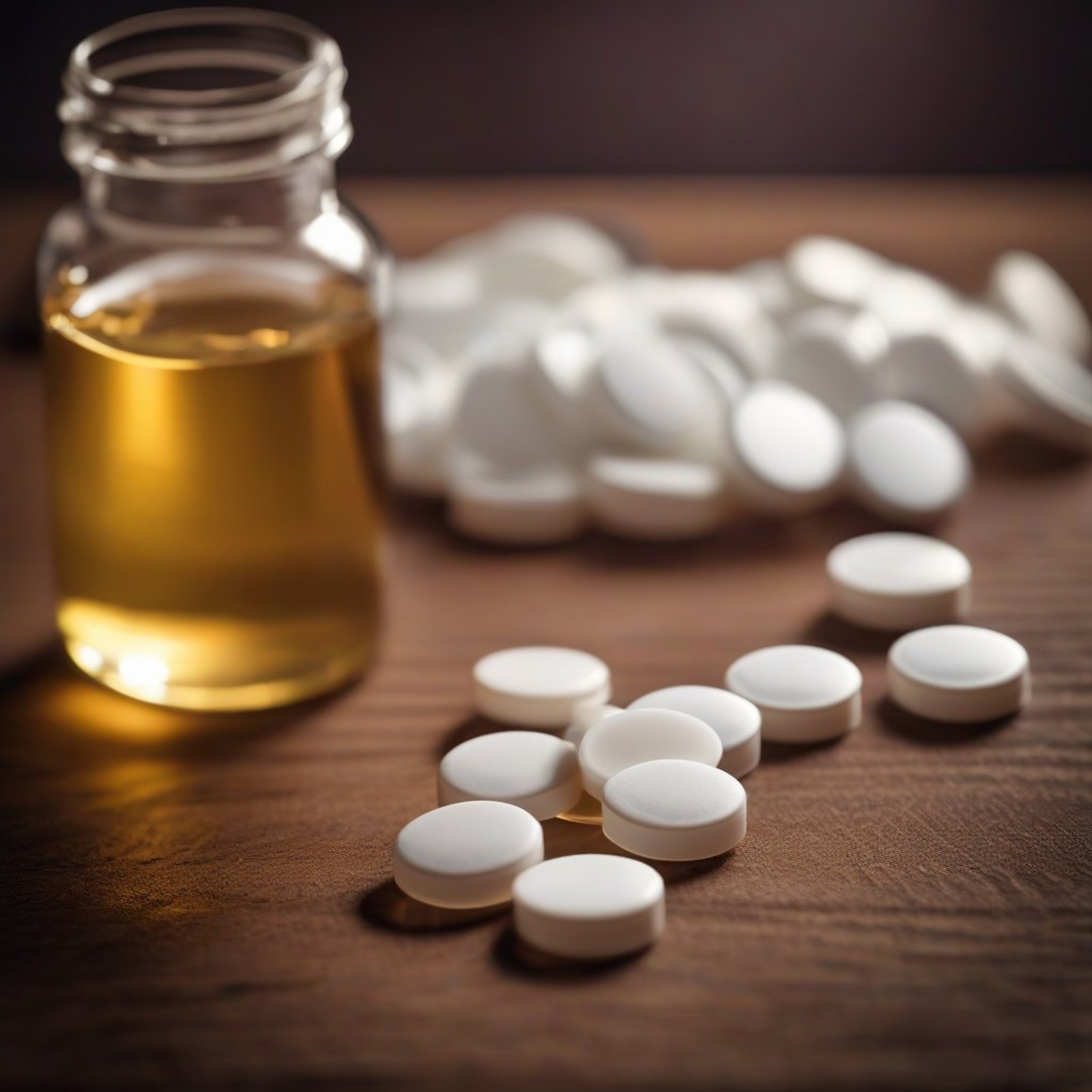How Long Do Opioids Stay In Urine? Here’s What You Need To Know

- Opioids can be found in your hair for up to 90 days and 2-5 days in urine.
- The detection window will vary depending on the substance as well as physical and genetic factors.
- There are physical and physiological factors for the opioid drug detection window.
- Seek treatment immediately if you are addicted to opioids.
Opioids are drugs that relieve moderate to severe chronic pain. These include heroin, morphine, codeine, hydrocodone, hydromorphone, methadone, and oxycodone. They have a high potential for abuse and can lead to lifelong addiction.
Urine drug tests will generally test for opioid metabolites, which can generally be detected for 2 to 4 days after absorption. The effects of the drugs can persist far past the detection window and cause irreversible systemic bodily damage.
Opioid Drug Facts
Opioids bind to various opioid receptors in the body, including μ (mu), delta, and kappa receptors. The mu receptors, part of the endogenous opioid system, are primarily implicated in pain relief and reward.
When your brain tries to reward you for good behavior (exercising, eating, sex, etc.), it produces the neurotransmitter dopamine. It will release natural opioids, which bind to the mu-opioid receptors.
The result is a flood of feel-good dopamine.
If mu-opioid receptors are like a “lock,” opioids are like a “key.” Ever creative beings, humans learned how to synthesize opioid drugs that are stronger and more potent than their natural counterparts. These “keys” can fit into the same dopamine “lock.”
When man-made opioids stimulate some opioid receptors, this stimulates cells in the ventral tegmental area (VTA) to produce and release dopamine, unleashing a flood of pleasure.[1]
Under-Treatment vs. Over-Treatment
Historical opioid deaths were much more uncommon than today in part because of the prevailing societal views on “pain.” Opioids were less mainstream, more taboo, much scarcer, and harder to acquire.
Patients with unexplained pain in the 1920s were regarded as deluded, malingering, or abusers, and cancer patients through the 1950s were encouraged to wean themselves off opioids until their lives could be measured in weeks.[2]
This all changed by the 1980s when many “pain” advocates began arguing we were “under-treating” pain. The pain was eventually advocated as the 5th vital sign, along with body temperature, blood pressure, heart rate, and respiratory rate.[3]
One study showed that while the “Pain as the 5th vital sign” initiative was associated with increased patient satisfaction, it also led to an increase in opioid-related adverse drug reactions.[4] By 2016, the American Medical Association (AMA) voted to remove the classification of “pain” as a vital sign from their professional shared vocabulary.
Opiates Vs. Opioids: What’s The Difference?
All opiates are opioids, but not all opioids are opiates. The term ‘Opiates’ refers to naturally derived opioids, such as morphine and codeine. Heroin, which is derived from morphine, is a semi-synthetic opioid and was developed by Bayer in the late 19th century. Tragically, it was promoted as a non-addictive alternative drug for Civil War Veterans addicted to morphine.
The term “Opioids” refers to all-natural, semisynthetic, and synthetic opioids, including but not limited to heroin, morphine, codeine, fentanyl, oxycodone, and methadone. Drugs such as fentanyl are fully synthetic and can only be produced in laboratories, while others like oxycodone are semi-synthetic, derived from natural opiate compounds but modified in laboratories.
How Long Do Opioids Stay In Urine?
Once your body metabolizes opioids, the metabolites get secreted into your urine as they get eliminated from your body via the kidney. Urine testing occurs when employers or authorities need to check for the presence of opioids in your system, possibly as a precondition for employment or guardianship.
A drug’s half-life means the time it takes to eliminate 50% of a given substance from your body. While it generally takes about 4 to 5 half-lives to substantially eliminate a substance from the body, small amounts may still be detectable for a period after this, especially with sensitive drug testing methods.
So, the opioid detection window is the time when the drug is being secreted through your urine and before it has been statistically eliminated from your body. The opioid detection window is different for every opioid:[5]
- Codeine: 2 days
- Heroin: 2 days
- Hydrocodone: 2-3 days
- Hydromorphone: 2-3 days
- Methadone: 3-5 days
- Oxycodone: 2-4 days
Physiological Influences For Drug Detection Windows
The biggest factors influencing drug detection windows are the time of your last dose, the potency of the last dose, frequency of dosing, weight, BMI, and solubility factor.
The more potent of a dose and how frequently/recently you took the opioid, the more likely it is to show up as a positive result in a drug detection window.
When your body metabolizes opioids, it turns them into metabolites. The metabolized opioids are then absorbed into your bloodstream. The opioid could be water-soluble (oxycodone, morphine) or fat-soluble (fentanyl, heroin). Fat-soluble opioids get absorbed into your fat reserves, whereas water-soluble opioids stay in your bloodstream (made up of water).
People with higher weights or BMIs will have more blood and fat, respectively. The more blood and fat you have, the more opioids will get absorbed into your reserves. This means your drug detection window may be longer than those with less blood or fat.
Other Types Of opioid Drug Testing
Not all opioids are the same, but they generally fall within the following accepted detection windows:[6]
Blood Tests |
Hair Tests |
Saliva Tests |
Sweat Tests |
| 2-12 hours | Up to 90 days | 24-48 hours | 3-7 days |
Are Opioids Addictive?
Yes. Opioids are extremely addictive. After experiencing an initial high, your body will quickly build up a tolerance to it. People who use prescription opioids can feel fleetingly relaxed and happy but also experience drowsiness, confusion, nausea, constipation, and slowed breathing.[7]
Since your brain will always choose pleasure over pain, it will incentivize you to experience the same high again. But, since your body can develop tolerance over prolonged opioid use, you will have to start abusing them to achieve the same effect.
You will have to increase the dosage to achieve the same effect continually, and all the while, your body’s tolerance will build up. Developing tolerance to opioids can lead to higher dosages being used, increasing the risk of overdose. Overdose is dangerous because high doses of opioids can severely depress respiratory function.
Opioid Addiction Treatment
If you are addicted to opioids, seek treatment immediately. Find a professional treatment organization with experience treating Substance Use Disorders (SUDs).
At Epiphany Wellness, they offer a variety of drug treatment programs to aid in your recovery plan. Each treatment plan is highly individualized and is specific to your needs, history, and lifestyle. Some different options available include:
- Medication-Assisted Detox
- Partial Hospitalization Program
- Intensive Outpatient Program
- Outpatient Program
- Dual Diagnosis
- Aftercare
Get Negative Tests Every Time With Treatment and Sobriety
Wouldn’t it feel good to take a urine drug test and know, WITHOUT A DOUBT, that it will come back negative for opioids? If you suffer from opioid use disorder (OUD), seek treatment immediately. Do not let opioids control your life. Take the first step towards healing by seeking out a treatment center near you. Our team at Epiphany Wellness, bursting with expertise, will collaborate with you to devise a unique recovery plan guiding you to a life of sobriety. Conveniently located, we offer a rehab center in New Jersey and a drug treatment center in Tennessee. We’re here to help steer you on your path to wellness and happiness.
Frequently Asked Questions About Opioids and Drug Testing

